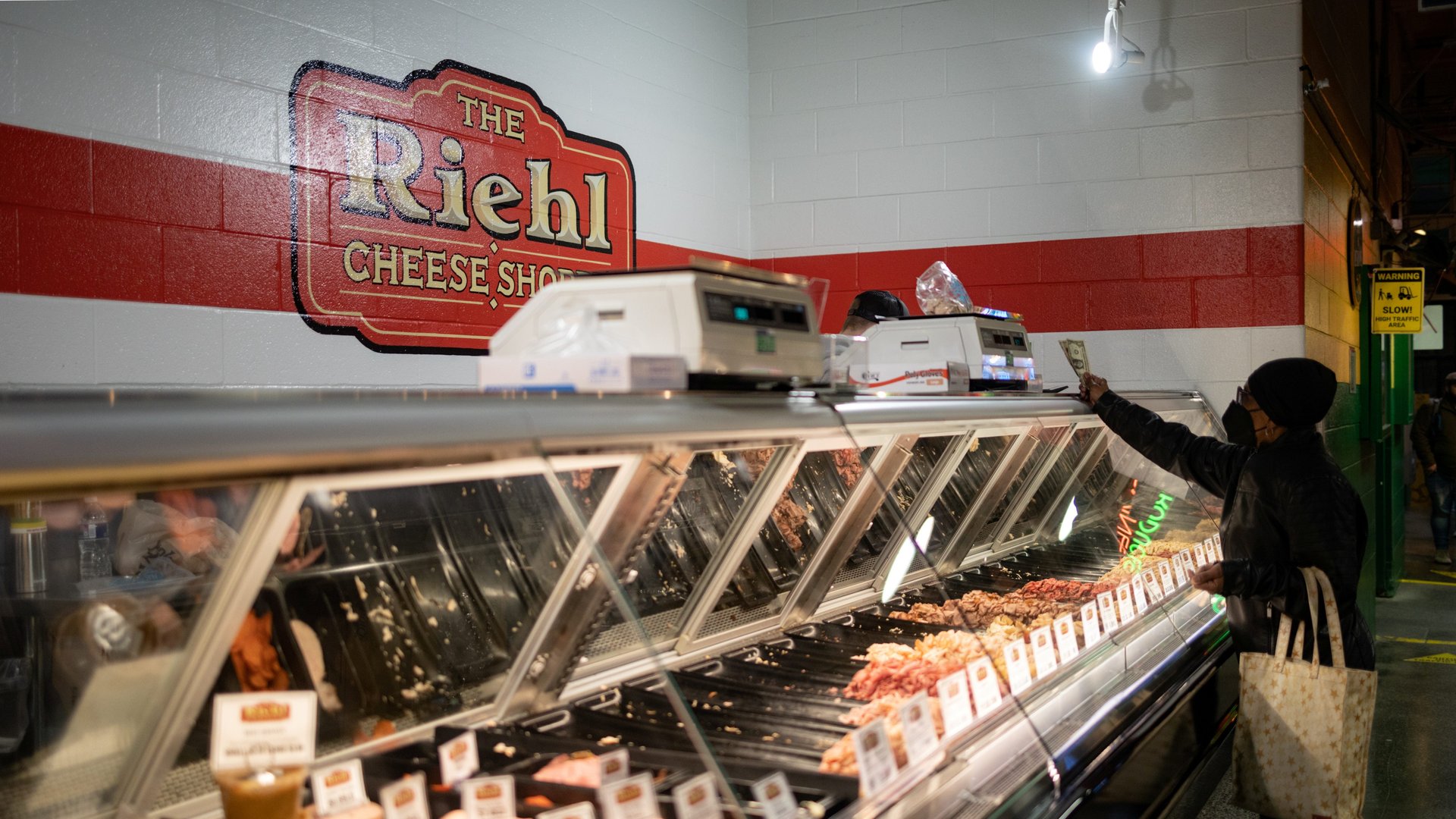Americans have never been more unsure of where inflation is headed
Until the pandemic hit, Americans were pretty sure about where inflation was going—nowhere.


Until the pandemic hit, Americans were pretty sure about where inflation was going—nowhere.
That abruptly changed with the covid-19 pandemic, when lockdowns, supply chain interruptions, and other disruptions made it hard to predict how much stuff would cost in the future. Now, that uncertainty has reached a fever pitch as rising prices, covid lockdowns in Asia, and the war in Ukraine are making the inflation picture even fuzzier.
The Federal Reserve Bank of New York measures inflation uncertainty by asking US consumers how much they think prices will go up over the next year. The more all over the place responses are, the higher the uncertainty. In April, the NY Fed’s uncertainty gauge hit nearly 5%, up from around 2% pre-pandemic. That’s the highest reading since the start of the survey in June 2013.
Americans are also unsure about where prices will be three years from now: The Feds’s uncertainty measure for that time period was a bit above 4% vs. slightly above 2% at the start of 2020.
The April rise is troubling because it could raise consumers’ overall uncertainty about the economy, and create a pullback in demand, said Carola Binder, an economics professor at Haverford College. Also, less confidence that the Fed can control inflation could trigger panic buying or spur workers to demand higher wages because they believe inflation won’t stop, she added.
US consumers inflation expectations are down
While they’re overall more unsure about inflation, US consumers are expecting slightly lower inflation a year from now—6.3%—than last month, when they estimated a 6.6% rate. It’s the first drop since December. Meanwhile, they see wages growing considerably slower than inflation in the same period, at 3%.
Over the next three years, they see inflation at 3.9%, slightly higher than last month’s measure.
The Fed tracks inflation expectations so it can step in before fears of future price increases become a self-fulfilling prophecy. While both short-term and long-term inflation expectations are high, they’re below record levels.
“We don’t see a wage price spiral, we see that companies have the ability to raise prices,” said Fed chair Jerome Powell in a press conference last Wednesday. “You don’t see those things yet, but I would say there’s no basis for feeling comfortable. We can’t run that risk. We can’t allow a wage price spiral to happen.”